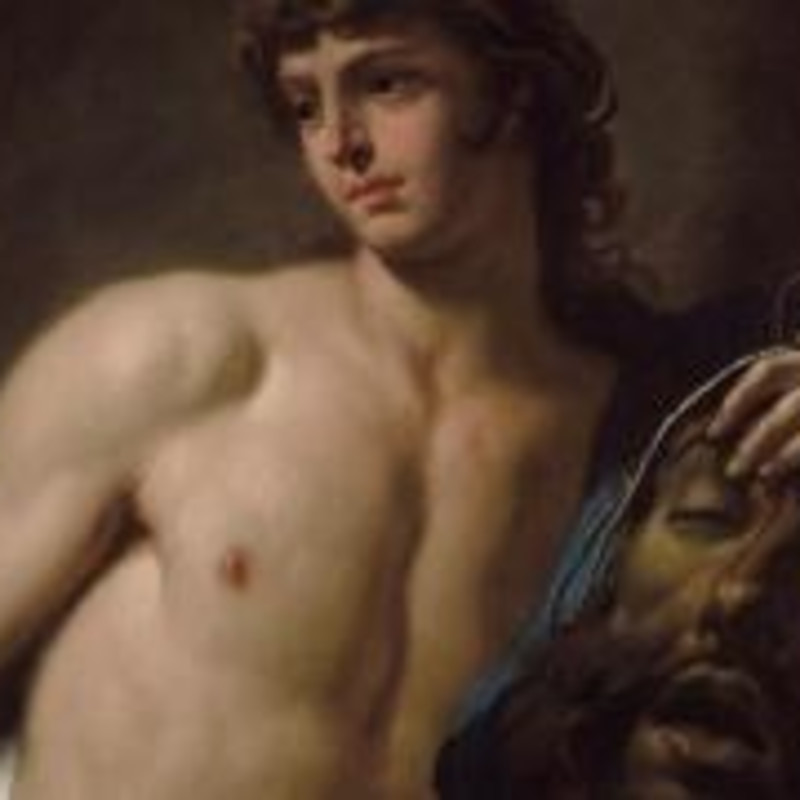One of the rarities Moretti Fine Art is pleased to exhibit during the fifth edition of the Master Painting Week (28 June - 5 July 2013) is The Victory of David over Goliath, a rediscovered masterpiece by Sebastiano Ricci (1659-1734), a leading protagonist of the Venetian Settecento, one of the greatest artistic Golden Ages of all time.
Born in Belluno, Sebastiano Ricci went to Venice at the age of fifteen but hastily departed in 1681, having impregnated two women, one of whom he tried to poison. However, this was not his only brush with the law. In Bologna Ricci fell in love with the daughter of the landscape painter Antonio, with whom he fled to Turin, abandoning his wife and daughter. Ricci was denounced, arrested and sentenced to death for abduction and bigamy. Only the intercession of the Duke of Parma saved him, the punishment being his banishment from the city of Turin. Later, he was active in many Italian cities (Bologna, Rome, Florence), and also abroad (London, Paris, Vienna). His English works have either been largely lost or damaged, although there remains the great fresco of the Resurrection in the Chapel of the Royal Hospital (Chelsea) and some great canvases on the staircase of Burlington House (now the Royal Academy). He returned to settle permanently in Venice in 1717.
David was the second king of Israel. A great warrior, musician and poet, he is described in the Bible as someone of complex character, capable of great cruelty and generosity, equipped with unscrupulous policies, while also recognising his own limits and errors. David’s life is particularly important in Judaism as the Messiah will occupy his throne and restore the kingdom. In Christianity, Joseph, the putative father of Jesus, is his descendent and in Islam, he is considered a prophet. The head of the giant Goliath, the most fearsome warrior of the Philistine army, is placed triumphantly in the foreground to the right of David, the shepherd-boy of Judah who had accepted and won the challenge made to the Jews by Goliath himself. For David, a staff, a sling and five smooth stones were all that was needed for him to defeat Goliath, who was almost three metres tall, clad in a bronze helmet and armour with an enormous sword. David approached the Philistine and, using his sling, he hurled the first stone, knocking out his adversary while the second stone smashed into the giant’s forehead, and he slumped to the ground. The third stone shattered Goliath’s skull and, with his enemy’s own sword David cut off his head. In this work, unpublished until now, the finely chiselled sword is placed diagonally to draw in the observer, emphasising the size of the object which proved useless against the intelligence, cunning, courage and faith of the young shepherd from Bethlehem.
June 28, 2013
